
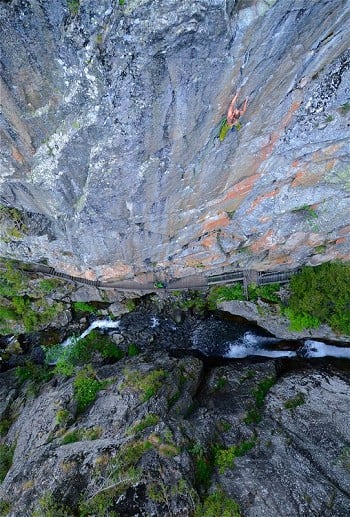
That's why it comes as no surprise that what's closest to his heart is very much the aesthetic values, ambiance and passion. Contrary to many others, whether they admit it or not, numbers play a very limited role, if any.
Instead, Fred is something of a connoisseur, sampling only the best
and always trying to be the best at what he does. This also has
practical reasons as his time, between his practice, his photo shoots,
traveling and the developing of the drone technique, is very limited.
The quality of everything he does must be as high as possible to make
it worth the effort.
When he's not out on assignment, but out shooting with friends, he's
not interested in making the covers of magazines etc. Instead, he
wants to make timeless shots. The one's you can have on your wall for
decades and still be blown away by. If you can capture the ambiance of
a moment... this photo will convey this feeling to whoever sees it.
The challenge of creating this is so much bigger and more
interesting!
Jokingly he says, he has come up with what we could
call the "happy grade": a 12 star
system for boulder problems or routes. Every problem/route is graded
according to three criteria: quality of the line, quality of the rock and quality of the location. For every
criteria, the maximum is 4 stars. In order for a problem to qualify as
a good one, and worth doing, it needs at least 10 stars (H10).
Well... I guess you'd have to live in a place with unlimited amounts
of good rock if you want to get any bouldering done at all. Don't try
this at home folks ;)
So, Fred... who are you?
Well, I'm Frédéric Moix a 34 year old
climber/photographer/osteopath from the French part of the Swiss
alps.
When did you start climbing and photography?
I discovered climbing and photography almost simultaneously aged 16
and have never looked back: I remember being passionate about images
since really young, all kinds of images, not only photography but also
comics, drawings, x rays and more.
Perhaps is this kind of passion that has made Fred world class in all fields:
- He has done several 8B+'s
- His photos speak for themselves
- According to some, for example Dave Graham, he is the best osteopath there is.
You're a boulderer more than a climber. How come?
I've never committed to route climbing really... Due to lack of
time, bouldering was easier to push hard and keep as a hobby on the
side of a "normal" life. First because of studies and then work and
habit I presume... or because bouldering was just too good!? I'm also
a traveler and I often travel for non climbing... Like I said,
climbing is just one piece of the big thing for me... photo is
another one... and there are others of course.
Which one of your successful pieces are you the most proud of?
Climbing on rocks is quite a selfish thing so it's definitely not
this one but it is huge fun and push forward the other pieces I
bet.
Photography is something special that can help bringing something good
around but does not seem as important to me as helping people as I can
do with my profession.
But anyway the thing I'm probably the most proud (happy) with is the
relationship with my girlfriend cause it's not really something you
can work or be gifted at... it just happens a bit by magic with no
rules or recipe.
Do you think being an osteopath helps you to climb better?
Yes of course.
In which aspects?
Mainly, I think it increased self consciousness and knowledge (especially for
positions and avoiding injury). And the contrary is also true. Climbing
at a hard level helped my profession.
What climbers have you been working with so far?
Oh, that's quite a few... for example Fred Rouhling, Didier
Berthod, Dave Graham, Tyler Landman, Bernd Zangerl, Toni Lamprecht,
Romain Desgranges, Paul Robinson, Jon Cardwell, Patrick Edlinger, Daniel Woods, Sylvain
Millet, Micky Page and more...
Now over to the aerial drone technique. What is it and how does it
work?
In short, an aerial drone is "simply" a remote control high tech
flying device with a pro camera below... The team is made up of one
experienced pilot (piloting the drone) and me "piloting" the camera,
aiming at the subject, climber or other.
With the drone I have the possibility to see with the bird's eye. I
see from the ground or cliff edge what the camera is aiming at so I
can do part of the framing myself and the rest in
collaboration/communication with the pilot.
Recently, the drones were supplied with a GPS making it possible to get
back to exactly the same spot again if needed. According to Fred,
piloting is not something you learn quickly. A minimum of 6 months of
training seems needed to "master" it. Needless to say that pilots are scarce and that crashes happens.
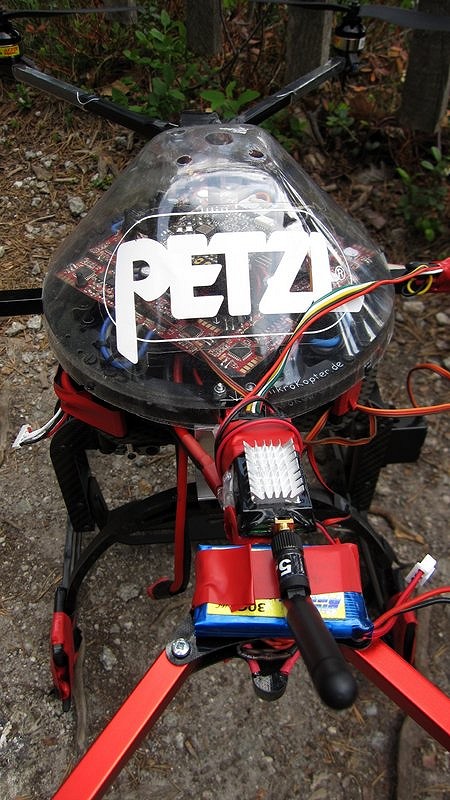
© Frédéric Moix |
For how long have you been doing this?
I started at the end of last year
Did you come up with the idea yourself or have you been refining
the technique for climbing photography purposes?
It's been more about refining for climbing photography really.
Aerial drone have of course been around for some time now. 2010 saw
big improvments in the field and the thing became an evidence. Since
years climbing photographers tried to go away from the cliff by
different means with more or less success: ropes in the trees, poles or
other devices against the wall, leaning back, jumaring back.. and
other new tricks including the use of poles to put the camera away while staying against the cliff. Simon Carter had been experimenting that and he nicely shared it with me. Then I refined a bit the pole thing in my way and the drone thing was the obvious next step in this understanding, in this way of thinking further. I still use a pole sometimes when it's more
convenient. It's a good tool for sure.
What can you do now that couldn't be done before?
The possibilities of this techniques are almost limitless. The
field of new angles has... exploded! It's like discovering a new
land... applications for climbing and architecture, tourism, geology and so
on... base jump.. like shots from helicopter but without the
limitations (you can come closer to the subjects/landscape and even
indoors!) it's really pushing the bar. The most interesting is especially this aspect of
being able to go away from the cliff to get this birds view. This, for
example, allows you to be in the middle of a narrow gorge where no
helicopter can go and where a Tyrolean is hard to set up.
The reactions around have been massive! New fields of research are
also possible.
Are there any downsides? The price maybe?
Well, at this time this is sort of for professional photographers (or
wealthy amateurs) only. The investment is big, as much in time and energy as in money. It's quite risky. Crashes are part of the game cause technical failures happens and human mistakes too.
But then again, it's a lot cheaper than heli shots and you can be much
closer to the object.
What are you most interested in doing right now in terms of
photography?
Right now I want to keep exploring this new field. To try to match
this new technical aspects and possibilities with the artistic one.
Flying helps to make better pictures but it doesn't replace the
photographer's eye, like framing abilities, light appreciation and so
on.
Any plans to get into film making?
I have to say: of course. Both projects of my own and collaborations.
Do you have a plan for where you want to be in x years?
Not exactly. I'm so happy where I live now with the
work/photo/climb/partnership I have and the rest around that I don't
feel the need to project myself elsewhere in the future.
Next shoot?
Assignment with Petzl next week
Last award that you received?
I participated for the first time to the memorial Maria Luisa and was lucky enough to win this year the climbing category.
last sold picture?
Picture for the Five Ten world catalogue
next exotic trip?
Trip for photography in Congo, Jane Goodall institute, chimps and mandrills! Will probably be climbing in the trees with them.
Anybody to hug?
Huge hug to Sèv!
Fred would like to thank his partners: Petzl, Scarpa, ABK, Ortovox, Beal, Fully stoked, Entre-Prises, Pad, Vitam Parc.
The drone project is supported by Petzl.

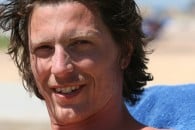

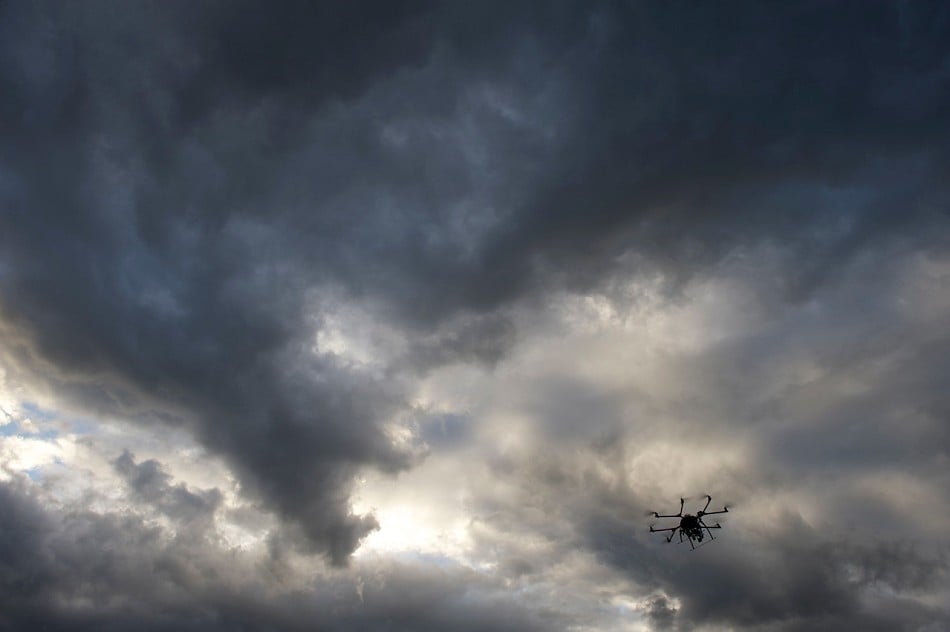
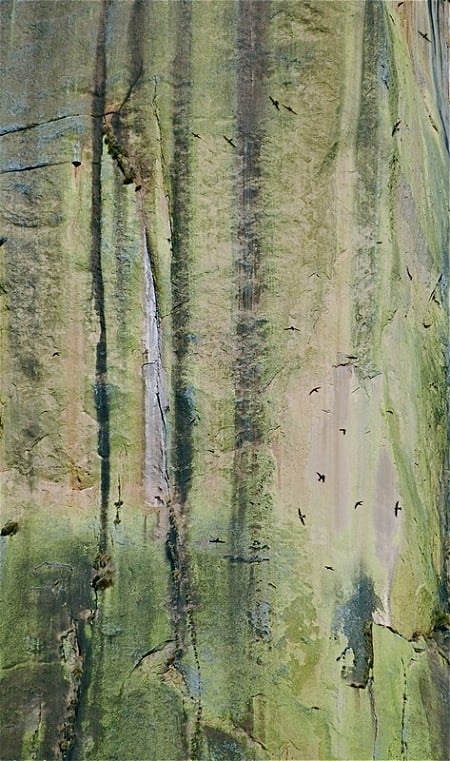
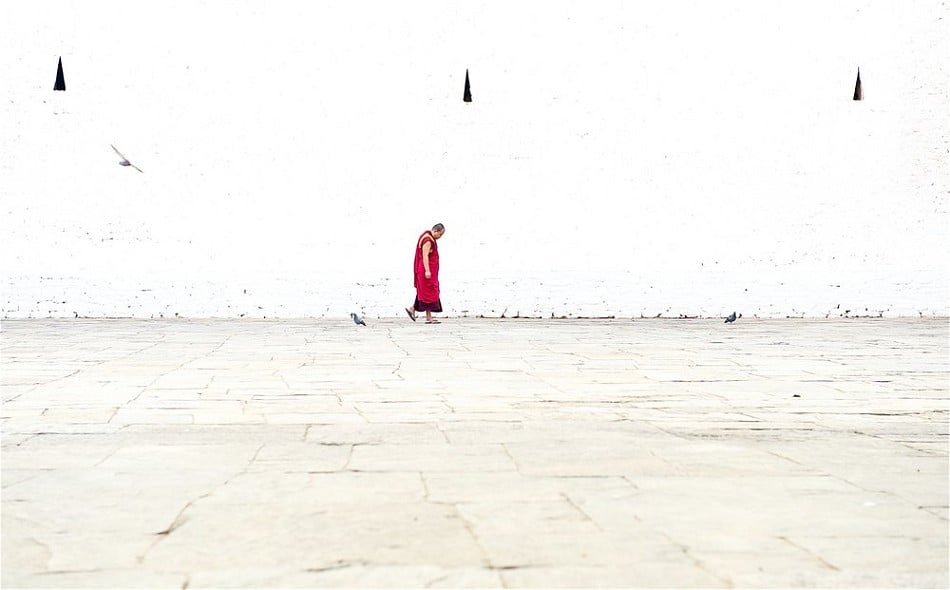
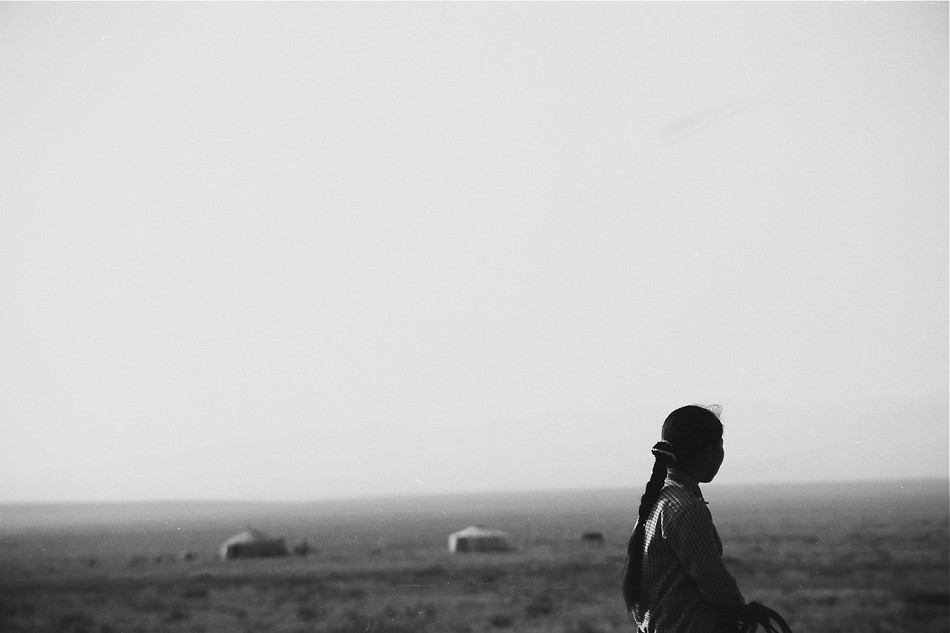
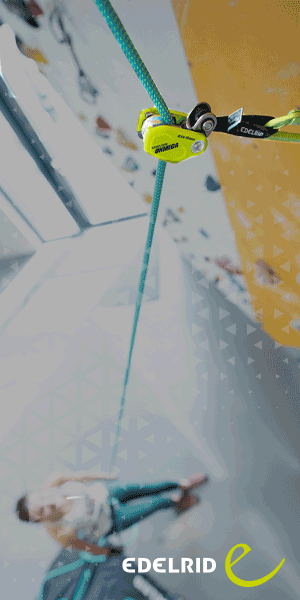











Comments